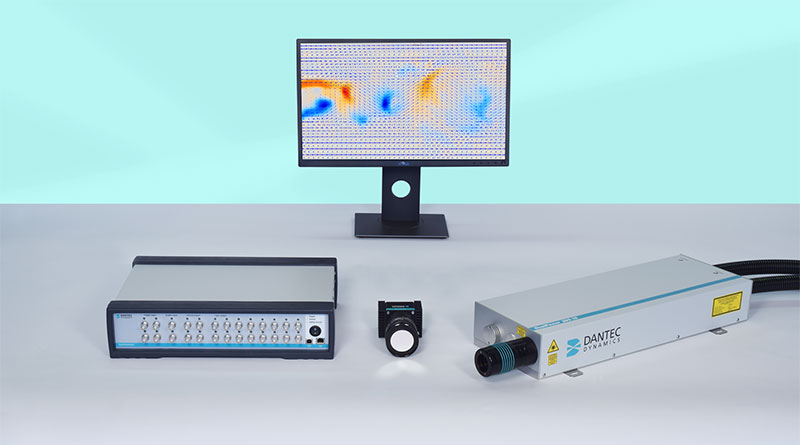Description
Planar Particle Imaging Velocimetry (PIV) systems allow non-intrusive measurements of two or three velocity components (2C or 3C) in a planar section of gas or liquid flows. The plane (2D) is defined by a light-sheet illuminating seeding particles following the flow. The 2D2C configuration measures the in-plane velocity components whereas the 2D3C system also captures the out-of-plane velocity component.
The flow must contain seeding particles that follow the flow. The laser will fire two light pulses at a small time delay, and the camera records two images of the particles with that small time delay between them. The movement of particles due to the flow is analysed by the software to extract velocity information.
The main system components for this imaging technique are the camera and light source. Based on the image acquisition rate of the system, spanning from 10 Hz to 20 kHz, these systems can be used to acquire ensembles of single-shot images (at 10 – 200 Hz) of a flow field or ensembles of Time Resolved (TR) images (at 0.5 – 20 kHz).
DynamicStudio, our imaging software, guides the user through the entire measurement process from calibration to visualization of results. The guidance includes basic features such as help to focus a camera and advanced post-processing such as pressure from PIV computations, which derives pressure fields from the vector maps.



